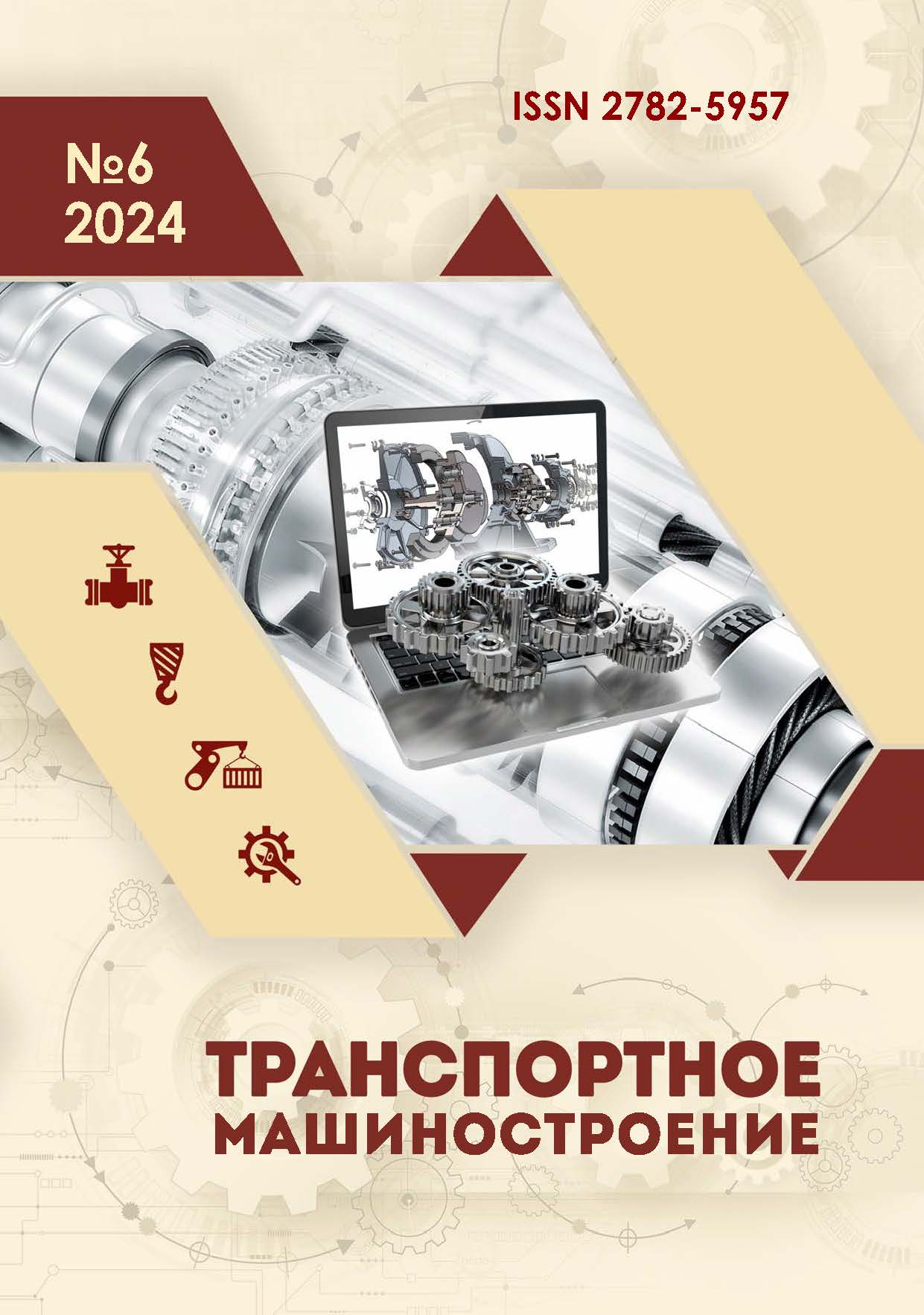from 01.01.2001 until now
Khabarovsk, Khabarovsk, Russian Federation
UDK 621.8-1/-9 Конструктивные характеристики, детали, приводы и т.д.
UDK 620.178.4 Испытания при разнообразных многократных нагрузках, подобных существующим в практических условиях, например испытание резины на истирание при одновременном напряжении, вызванном сжатием под наклоном. Исследование (испытание) слабых мест
UDK 620.178.6 Испытания при разнообразных напряжениях, аналогичных напряжениям, возникающим в условиях обработки материалов, например испытания для определения сопротивления деформации
BBK 344 Общее машиностроение. Машиноведение
The assessment of the effectiveness and economic feasibility of using technical products over time is their reliability, which is predicted at the design stage. The technical task of predicting the required level of reliability should be considered from the perspective of the functional state of certain elements and their mating under specified operating conditions. The external conditions and the response of the elements to them determine the characteristics of changes in the parameters of the technical condition, which should be chosen from the point of view of analyzing the physics of the processes leading to failure. In most cases, contact pairs, including sliding friction pairs with periodic impacts, are subject to wear during operation, therefore, one of the parameters of their working condition is their geometric dimensions, which decrease in time determines the rate of the parameter change from its initial to the limiting value. The construction of this functional dependence allows determining the average value of the parameter at any time, control the achievement of its pre-failure value and, as a result, predict failure. The construction of the curve of change rate of the parameter determining the workable state of the contact pair in accordance with the approaches presented in the paper is only the first stage of reliability predicting. No less difficult is the stage of choosing a material that provides a given level of reliability.
prediction, reliability, parameter, methodological basis, contact pairs, element, system, pre-failure condition, safety margin
1. Viktorova VS, Stepanyants AS. Models and methods of calculation of technical systems. Moscow: Lenand; 2016.
2. Birolini A. Reliability engineering: theory and practice. 8th ed. Germany: Springer-Verlag GmbH; 2017.
3. Blokus A. Multistate system reliability with dependencies. Academic Press; 2020.
4. Elsayed A. Reliability engineering. 3rd ed. Wiley; 2020.
5. Jin T. Reliability engineering and services. Wiley; 2019.
6. Ram M, Davim J. Advances in reliability and system engineering. Springay; 2017.
7. Bowden FP, Taylor M. Friction and lubrication of solids. Moscow: Mashinostroenie; 1968.
8. Sidorov VA. Development of technical diagnostics theory of metallurgical machines to ensure their reliability [dissertation] [Donetsk (RF)]; 2016.
9. Aleksandrovskaya LN, Afanasyev AP, Lisov AA. Modern methods of ensuring the safety of complex technical systems: textbook. Moscow: Logos; 2001.
10. Druzhinin GV. Reliability of automated systems. Moscow: Energia; 1977.
11. Pronikov A S. Reliability of machines. Moscow: Mashinostroenie; 1978.
12. Platonov GN. Parametric reliability of forging and pressing equipment. Voronezh: Experimental Research Institute of Forging and Pressing Engineering Enikmash; 1981.
13. Ganin MP. Tables for probabilistic and statistical calculations. 1986.
14. Gubarev VV. Probabilistic models: handbook. Novosibirsk: Novosibirsk Electrotechnical Institute; 1992.






